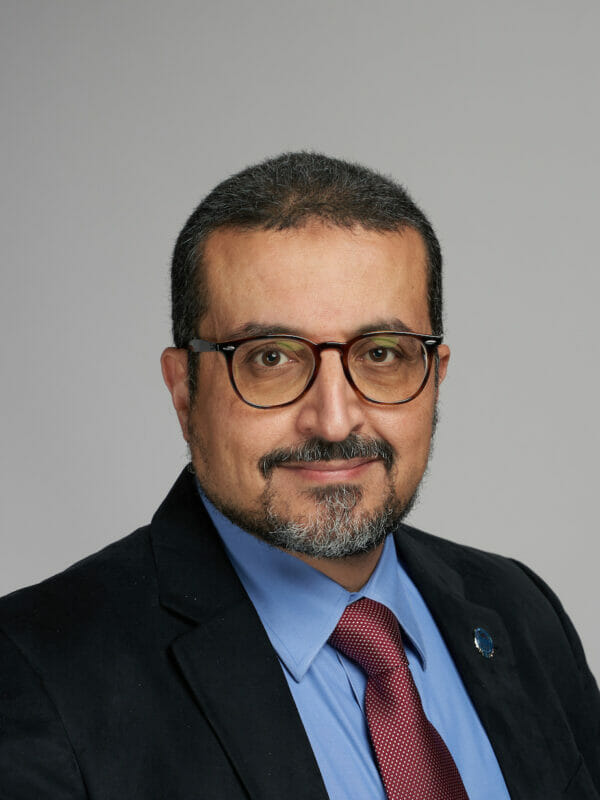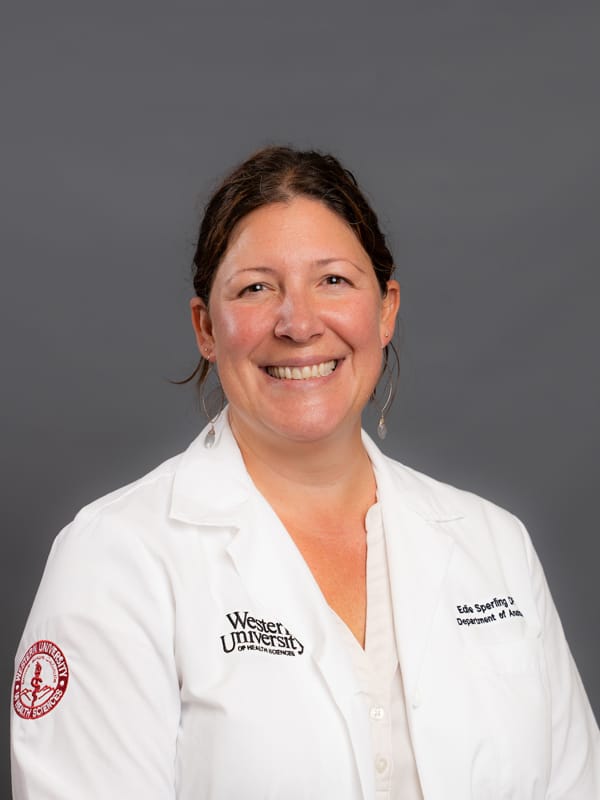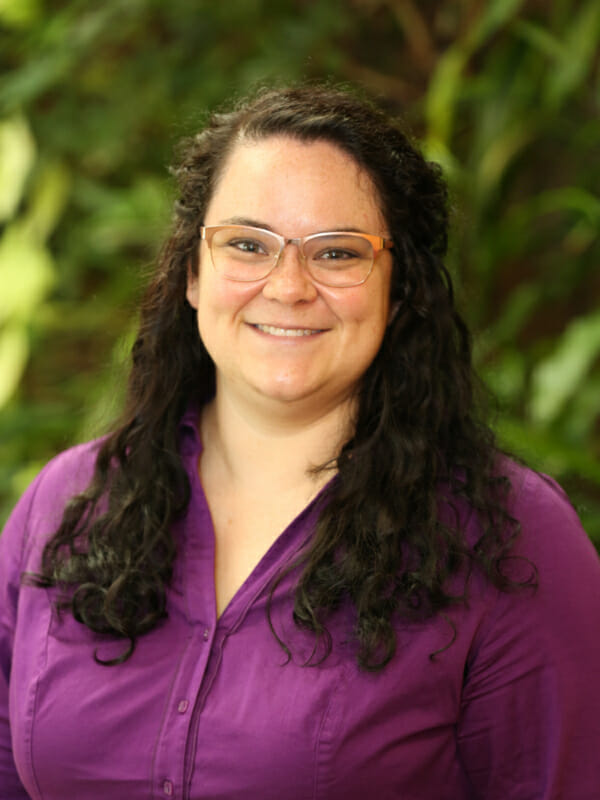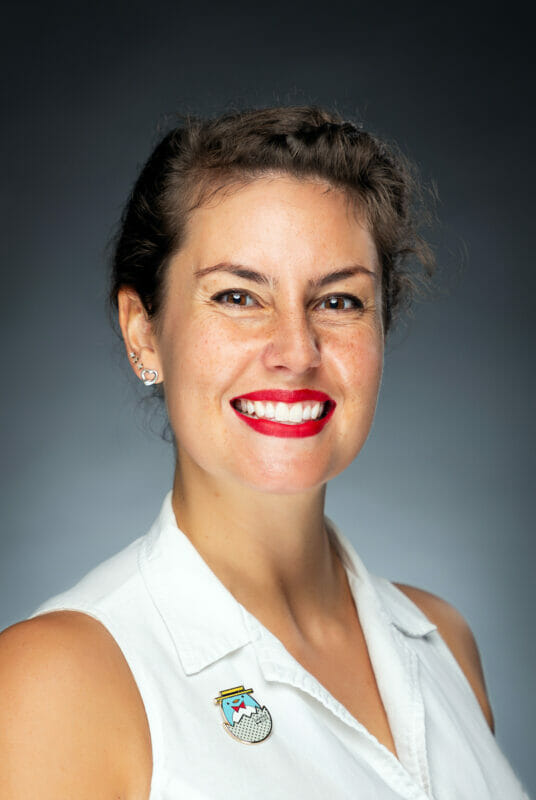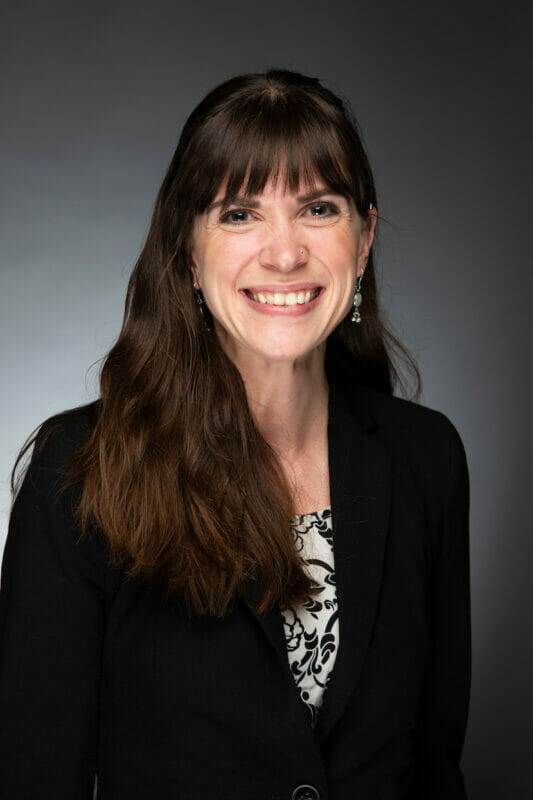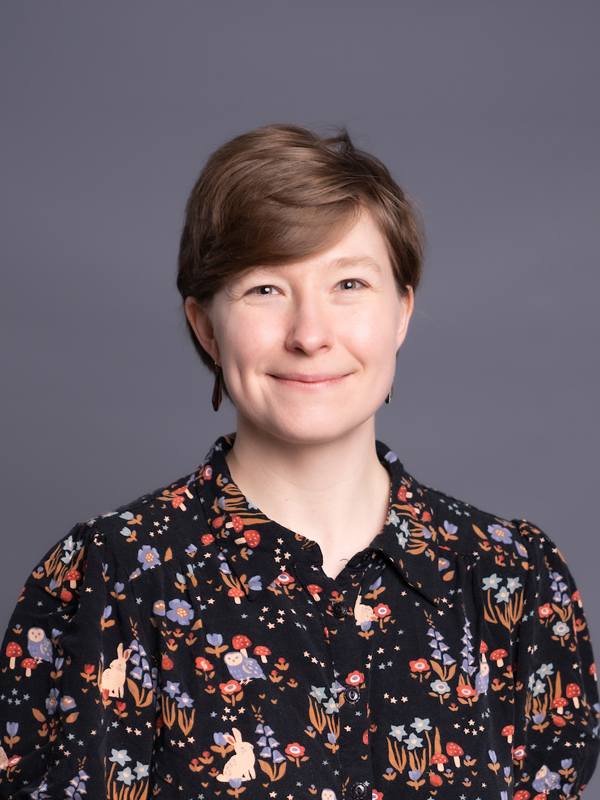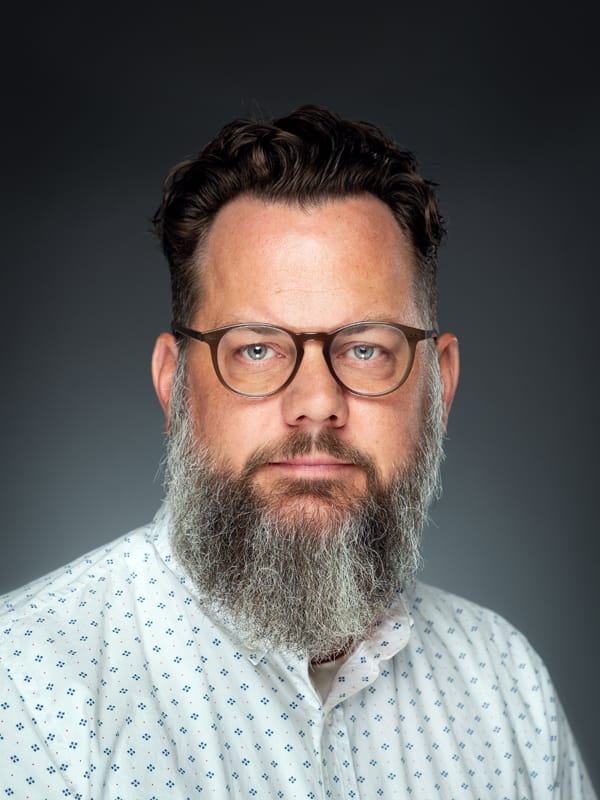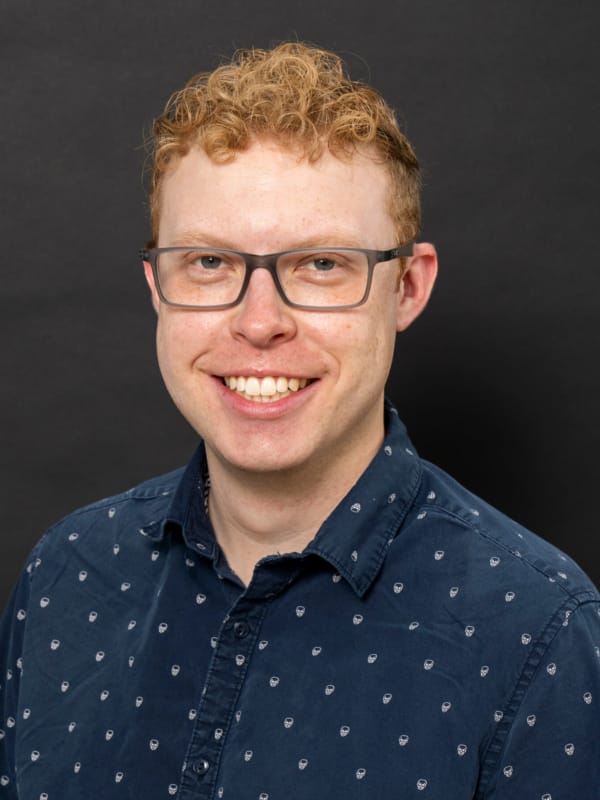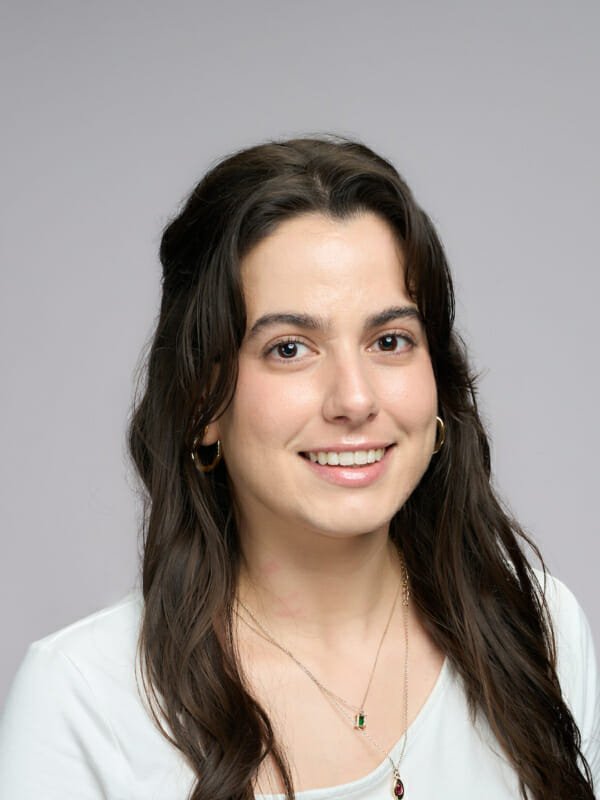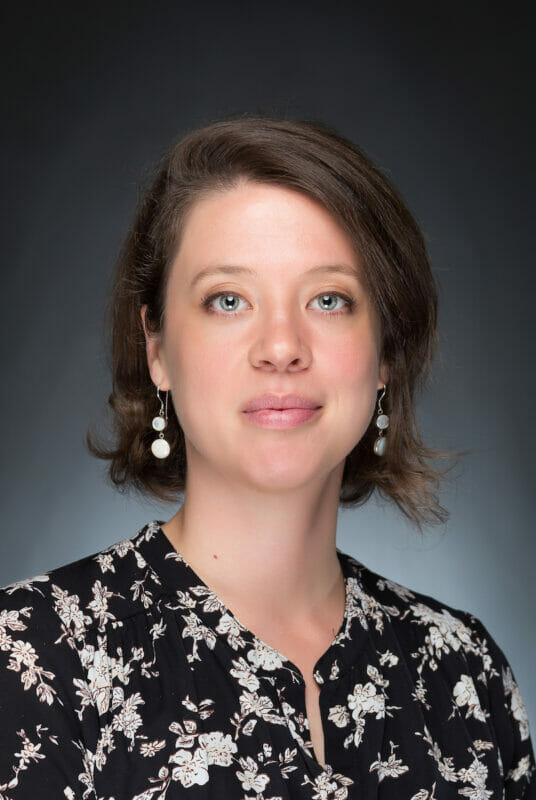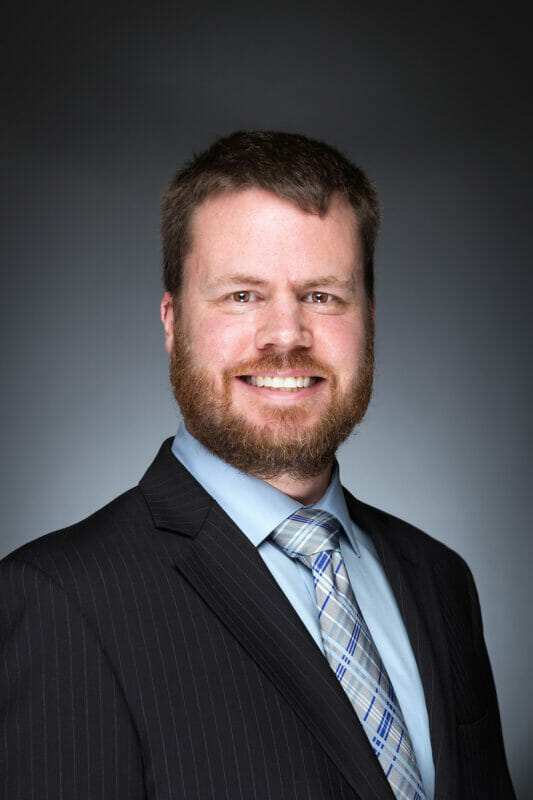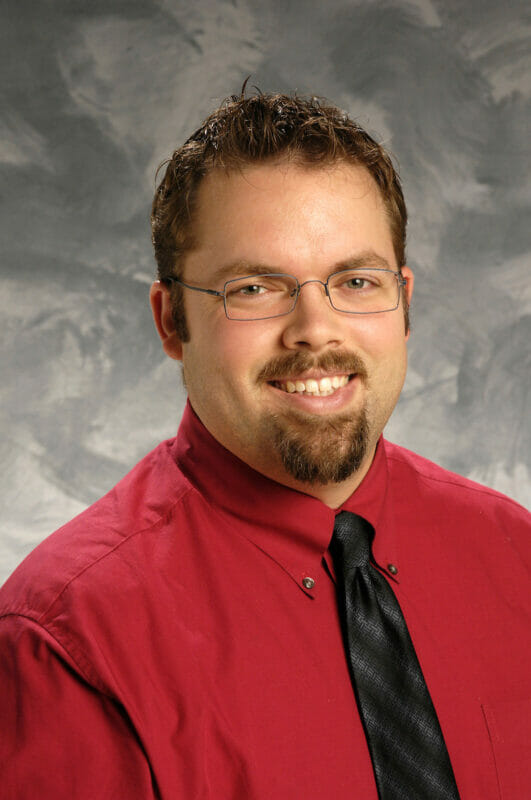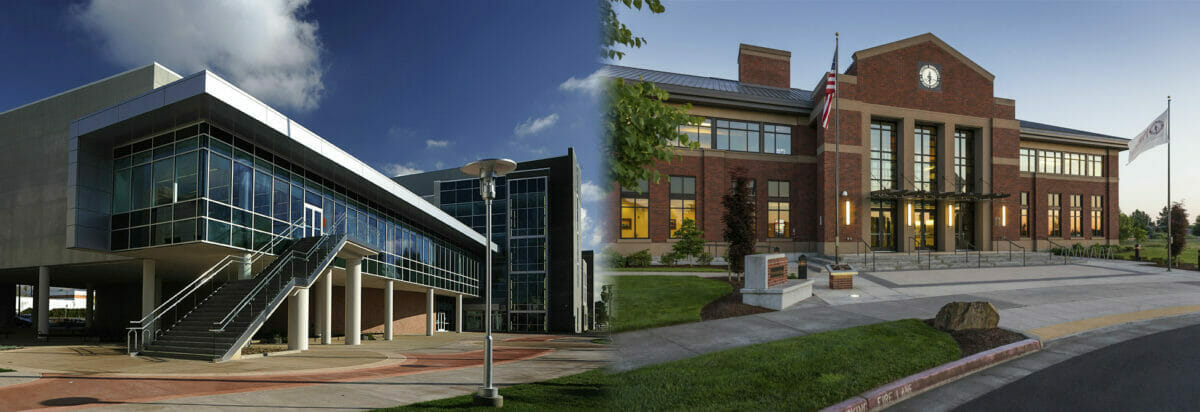
Medical Anatomical Sciences
Medical Anatomical Sciences
The Department of Medical Anatomical Sciences is currently chaired by Dr. Mohammed Elsalanty. COMP and COMP-Northwest faculty and staff involved in teaching the Anatomy courses in WesternU’s Osteopathic Medicine curriculum are listed here with their contact information. For additional background information on selected faculty and staff, click on the name.
Emeritus Faculty
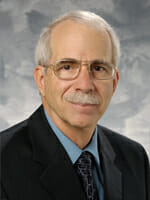
Richard Sugerman, PhD
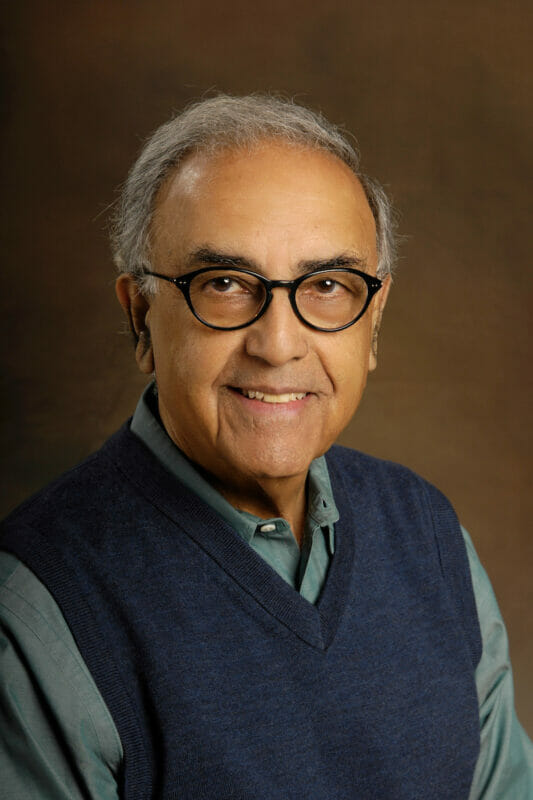
Rafi Younoszai, PhD
COMP
Professor of Anatomy(Emeritus)&Social Medicine-COMP Director-Center of Global & Community Health-WU
Support Staff
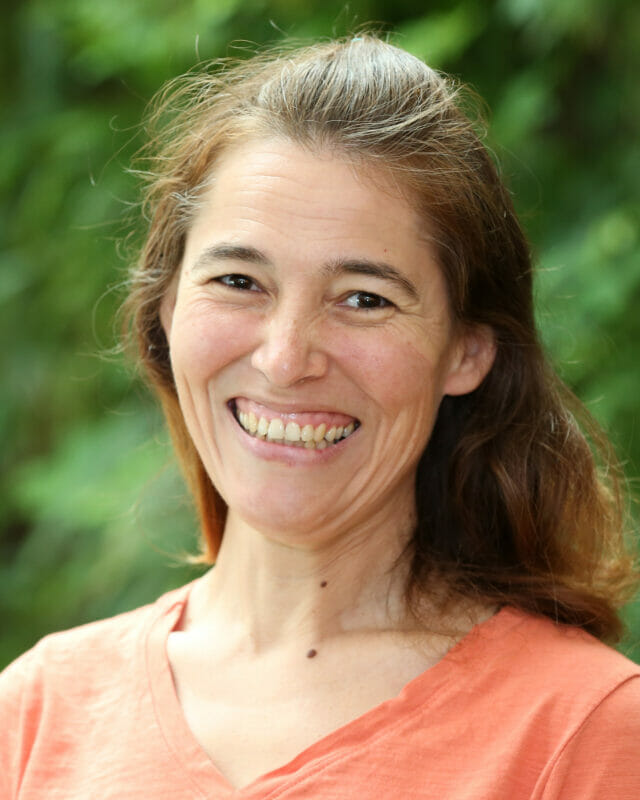
Adrianna Flores
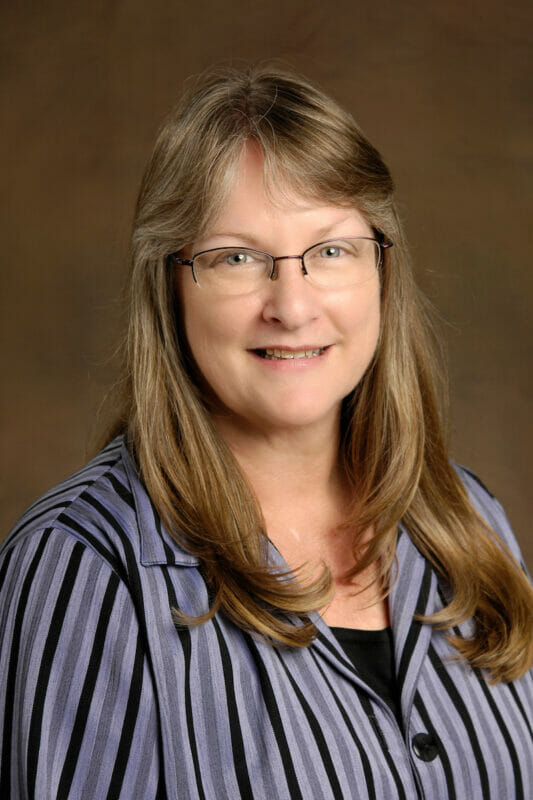
Kristine King
Respect of the Human Body
Western University of Health Sciences, COMP would like to formally pay the highest respect to all those who have donated/gifted their body for us to learn and pass on what is known, investigate and answer unsolved questions which will lead to improved surgical/invasive techniques and future treatments and cures. Those who have donated/gifted their bodies are treated the same as a person attending a clinic, receiving a surgical procedure, and volunteering in research. Each year, upon the completion of education and research commitments, a memorial service will be held for those who have donated/gifted their bodies. At COMP, we feel it is a privilege to be able to learn from the human body, and hold this honor with the highest respect. We are very discriminatory about who is allowed access into the cadaver lab learning and research environment. We provide a dynamic environment to stimulate those who are genuinely interested or currently invested in the health care field.
Cadaver Laboratory
The donor/gift cadaver is the first patient that a student/trainee will be exposed to while reading for a degree in medicine at Western University, COMP. We appreciate that many of our student/trainees may have been exposed to patients from other healthcare sectors prior to earning acceptance into our institution. Your first patient here will require you to practice professional behavior, teamwork, collegialism, communication skills between your colleagues and faculty, and begin developing critical thinking skills needed by a clinician to be safe and efficient. Most of you will not have had the privilege of dissecting a donor/gifted cadaver previously. Student/trainee dissections are all graded out of respect to the donor/gifted cadaver and to enforce accountability. In order to achieve a high standard dissection grade, you will require acute listening skills, structure expectation, instrument handling and operating.
The cadaver lab will integrate the anatomy from x-rays, CT scans (Sectional & 3-D reconstruction), MRI and ultrasonography with dissection. Although the perception is that the focus is on pure identification of a structure within a successful dissection, the goal of the anatomy faculty at COMP is to help you interpret the anatomy of multiple radiological mediums using high standard surgical cadaver dissection. Our philosophy for the healthcare student/trainee emphasizes integrating anatomy of radiology, surgical and medical specialties in the cadaver lab. We believe that long-term anatomy understanding is best acquired through critical thinking didactic lectures and a multiple medium cadaver lab.
Imaging
Radiology and surface anatomy is the working anatomy of the clinician. Some of our student/trainees will become surgeons and/or interventionalists and will have the opportunity to see the anatomy deep to the skin. Both surgical and medical specialties require radiology and surface anatomy expertise. An anatomy course should lay down fundamentals and basic concepts for the student/trainee to appreciate what is deep to the skin surface and navigate multiple image mediums with confidence.
Learning the anatomy architecture of ultrasonography is absolutely essential because ultrasound is the stethoscope of today.
Learning Techniques
Most students arrive at Western University of Health Sciences with excellent skills and techniques for learning. One of the classic techniques of those who have taken anatomy and other sciences is that of memorization. Memorization is a very useful tool and should be integrated into your skill set of educational arsenal; however, in order to obtain critical thinking skills, other techniques will need to be mastered. Unfortunately, anatomy tends to be taught or learned from endless lists (with no clinical connection), which often can be mastered by rote memorization. In the medical field, not every patient will follow an exact diagnostic/treatment equation as texts suggest. The anatomy taught here at COMP will provide you with the opportunity to learn and employ critical thinking techniques. The philosophy of the COMP anatomy faculty and researchers is to help you use anatomy as a form of differential diagnosis. For example: if an individual has a fractured humerus of the left upper limb, we want you initially to exclude any neurovascular injury that may have been caused by the humeral fracture. This requires someone to understand the location of the neurovascular bundle as it is orientated to the humerus prior to physical examination distal to the injury.
Didactic Lecture
Didactic lectures play a very important role at Western University, COMP. It is the philosophy of the anatomy faculty and researchers at COMP that the face-to-face engagement between the lecturer and student/trainee creates deeper information processing sometimes called cognitive embellishment. There is evidence that when people have to generate information that is important, they tend to have a better memory for things more deeply processed. We believe that the interchange between students and faculty during a lecture is the nexus of critical thinking. We believe that our student/trainees are entitled to be exposed to many didactic lectures with faculty who will challenge you to think critically, use previous and acquire new resources, and challenge known dogma of the topic at hand.
Terminology
Anatomical terminology is the language of medicine. During the past 30 years, a strong push was put forward to standardize anatomical terminology and eliminate anatomical eponyms associated with structures, clinicians and procedures. Essentially, the new terminology was taught during an 11 week accelerated anatomy course as a first year student/trainee. During the remaining 4 years of medical school, student/trainees are exposed to a mixture of current nomenclature and anatomical eponyms that have stood the test of time from all the specialties. The anatomy faculty at COMP will integrate both current terminology and the most common eponyms used in North America. This will enable student/trainees to be familiar with anatomy terminology used in clinics, surgery and literature. We have placed links to provide further insight regarding terminology.
Types of Research
- Basic Science Research: e.g., molecular and evolutionary biology, vertebrate paleontology, biological anthropology
- Clinical Anatomy Research: e.g., human anatomical variation, animal modeling to improve clinical outcomes
- Educational Research: e.g., incorporating emerging technologies (digital imaging, ultrasound, 3D visualization) with dissection-based pedagogical methods
Collaboration
We invite and collaborate with internal departments within COMP (Basic sciences, Family medicine, Neuromusculoskeletal medicine (NMM/OMM) and Sports medicine) and between colleges within the university (Dentistry, Physician Assistant (PA), Physical Therapy, Pharmacy, Optometry and Nursing).
Willed Body Program
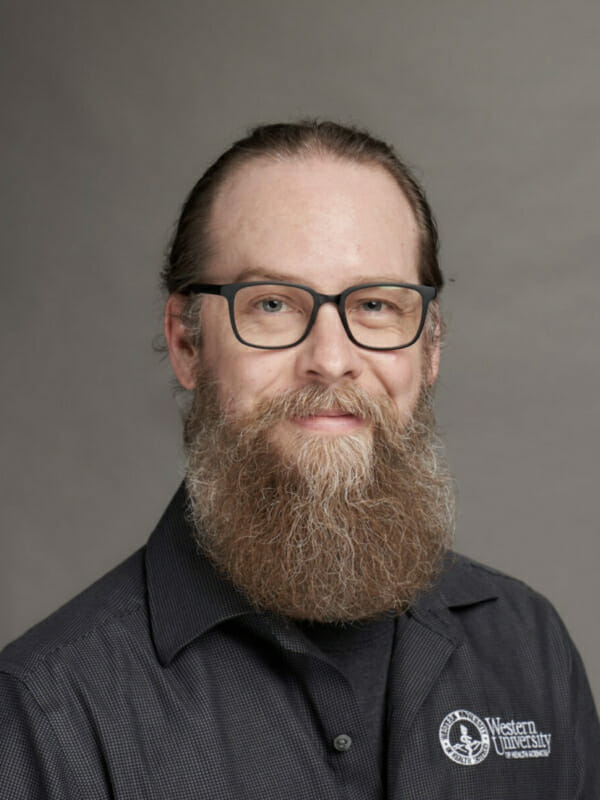
Stephen Nichols
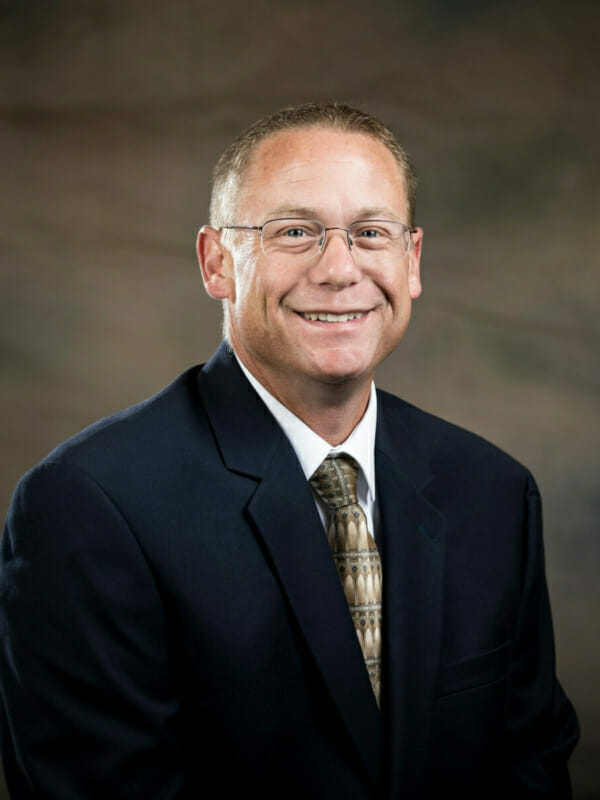
Mike Osborne
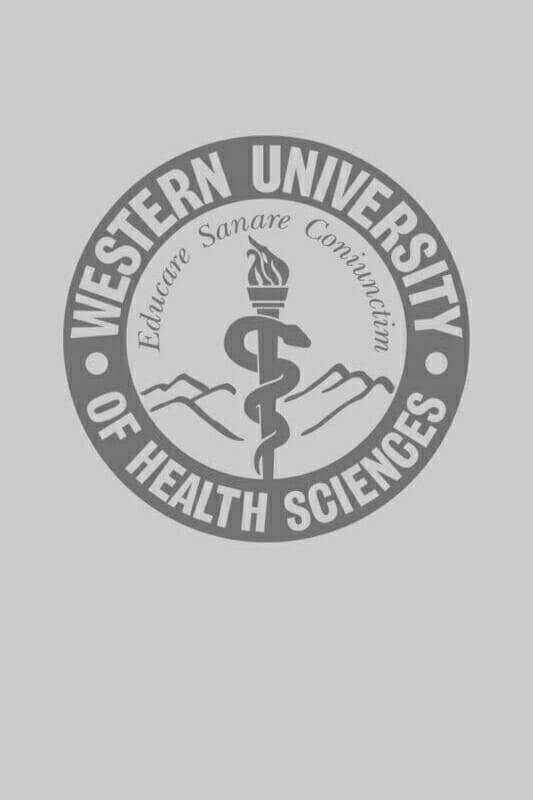
Brian Ireland
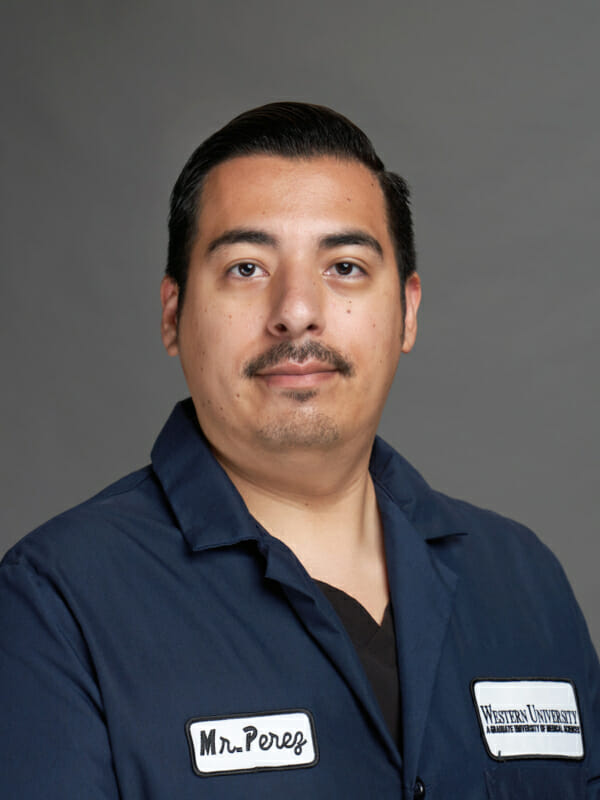
Christian Perez


